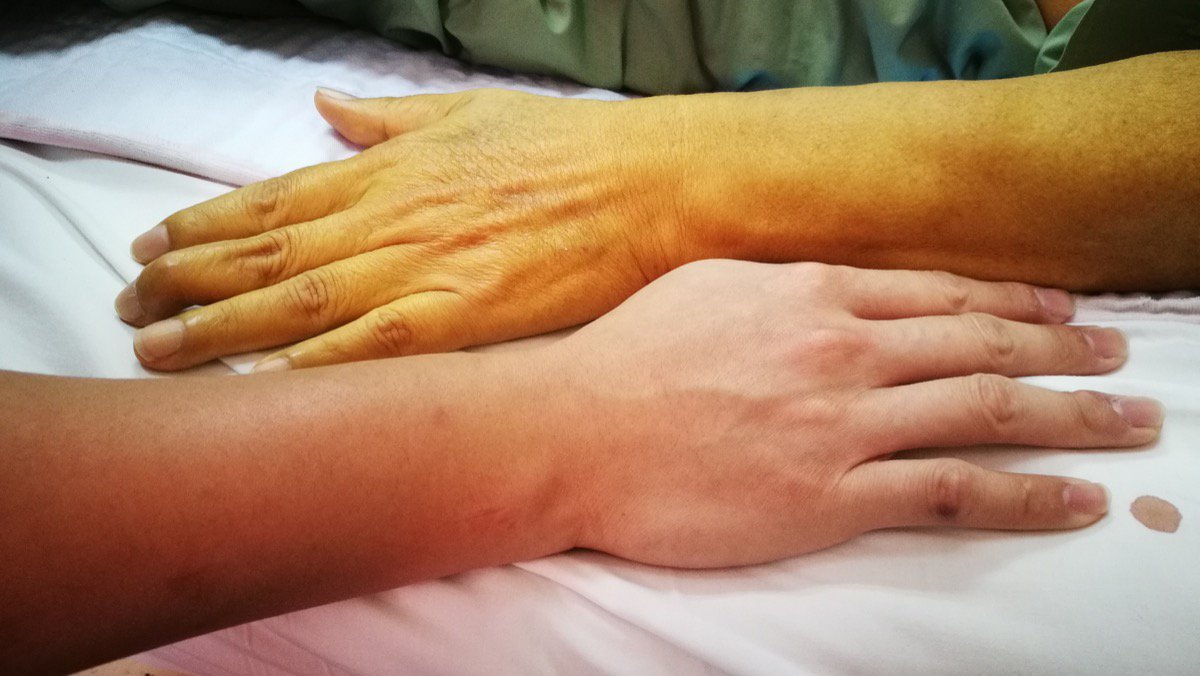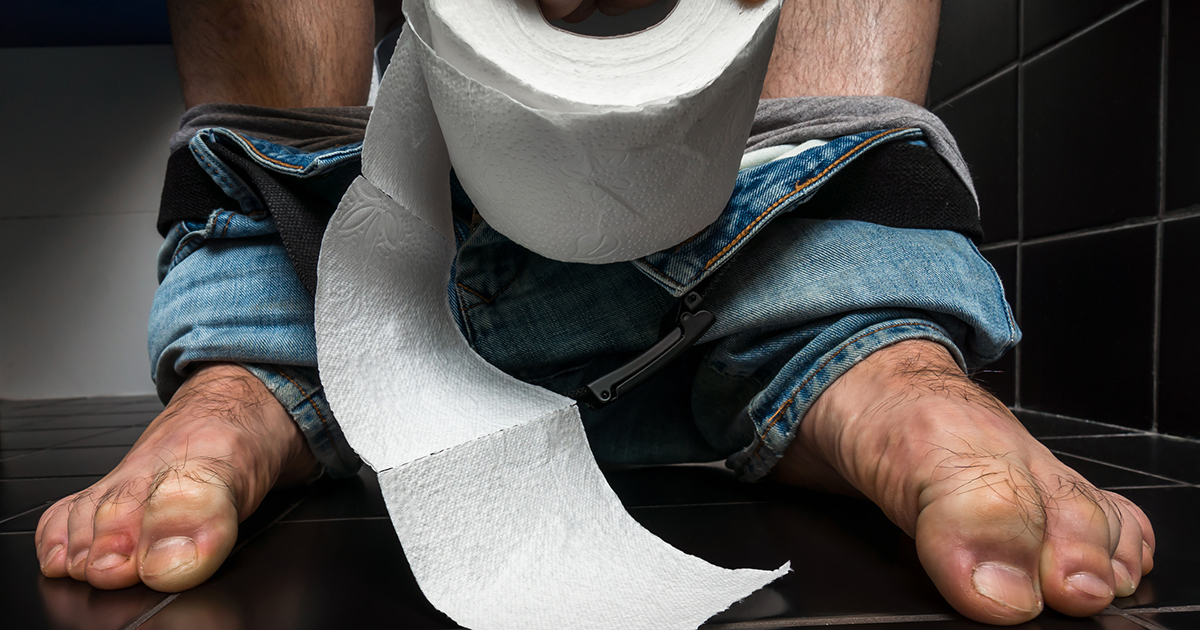Symptoms Of Pancreatitis To Look Out For
Jaundice

Jaundice describes when an individual develops a yellow tint to their skin or whites of their eyes due to an accumulation of bilirubin in their body. The hemoglobin molecules inside of red blood cells that have died are recycled inside the liver and are synthesized into bilirubin. Bilirubin is then concentrated inside the gallbladder to produce bile, a substance required for the intestines to digest fatty foods properly. A pancreatitis patient may have developed this infection because they have an obstruction in the ducts that carry both digestive enzymes from the pancreas and bile from the gallbladder into the small intestine. When bile is prevented from draining into the small intestine, it builds up in the blood and other organs. Bile and bilirubin are both substances with a potent yellow pigmentation, which causes jaundice.
Get more details on the warning signs linked to pancreatitis now.
Diarrhea

Diarrhea is when stool is looser and more watery than usual. Diarrhea occurs when the food individuals consume moves too rapidly through their large intestine and is excreted. The large intestine or colon absorbs fluid from the foods consumed and digested by the stomach and small intestine before it is eliminated from the body. When food does not stay in the large intestine long enough, it causes diarrhea.
A pancreatitis patient can develop irritation in the nerves that neighbor the pancreas, which can stimulate the excessive contraction of muscles that play a significant role in digestive processes. When the muscles that work with the digestive organs to move food through the system contract excessively, food moves through the intestines too quickly. The large intestine is unable to absorb fluids from the intestinal content properly, and the patient experiences diarrhea.
